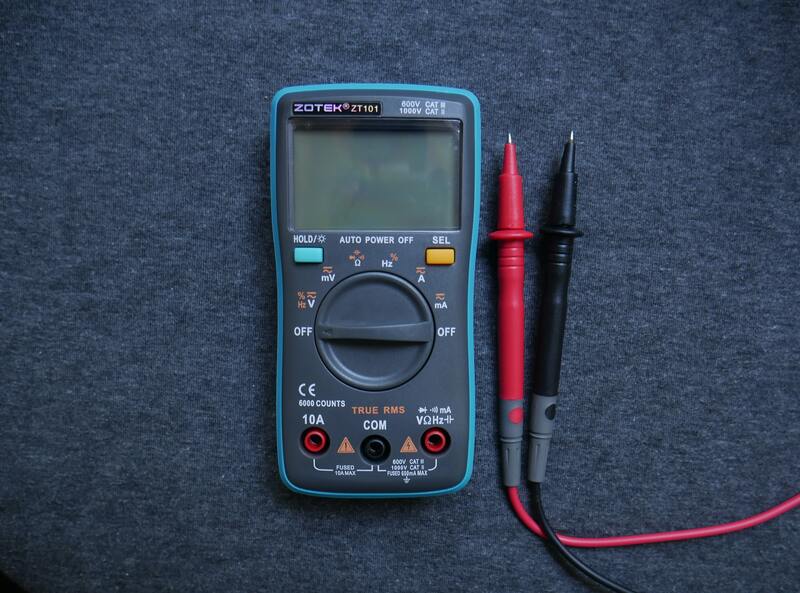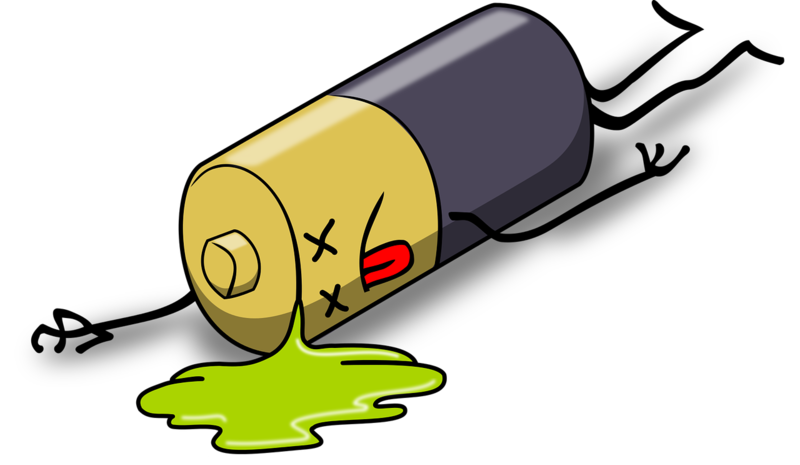Ignition motors require a wellspring of power to make a flash current and convert its chemical energy into mechanical energy. Most individuals frequently befuddle batteries as an electric source in any vehicle. Notwithstanding, the battery is simply used to store electric charges. It is the alternator that creates and gives constant power to the motor.
In this complete guide towards a car alternator, we will give total data on the vehicle alternator. This will include what an alternator does. How does the alternator work? Bad Car alternator signs and symptoms? And much more. But first things first, what is a car alternator?
What is an Alternator?
An alternator is an electric generator that utilizes mechanical energy and changes it into power. Alternators create AC currents by electromagnetism. Power is sent into the battery and the different electrical frameworks (the lights, the power windows, and other electrical accessories) work with this voltage generated by the alternator. Alternators are based near the front of the engine and are boosted by the crankshaft, which in turn runs via the pistons powered by the fuel combustion.
What does an alternator look like? Well, an alternator is about the size of a dated 16-ounce glass and has loads of vents on the aluminum body permitting it to keep cool as it takes care of its business.
Benefits of a Good Voltage Alternator
Good Voltage vehicle alternators assist with creating more power than is conceivable with a factory-installed model Additionally, high-result alternators further develop motor speed, ideal for sports and emergency vehicles plus ensure better battery life, in general.
The Components Of An Alternator

The alternator is basically an electric generator. So, how does the alternator work? There are various parts that help generate this electric current. These are:
1. Pulley
A pulley is a round wheel with a groove in it, used for transmitting power or motion.
2. Rotor
The rotor is the primary portion of the alternator that rotates. It has coils of wire or the field coil which are fitted behind opposing magnetic poles.
3. Stator
The stator as the name suggests consists of three sets of ‘stationary’ coil windings, which don’t rotate like the rotator. It also has a laminated core.
4. Voltage Regulator
This controls the voltage output of the alternator via either its electromagnets as in the case of an electromagnetic voltage regulator or semiconductor diodes as in the case of the electronic voltage regulator.
5. Rectifier
The rectifier bridge contains the diodes. These are the one-way electrical check valves that rectify the voltage during fluctuations.
The Functions Of An Alternator
What does an alternator do? Its main task is to ensure the three main tasks as listed below:
1. Battery Recharge
Regardless of what kinds of alternators we have, the vital component of any alternator is the age of battery power. Contingent upon the territory that you are driving in and whether you utilize other power channel works, for example, headlights or radio, it could take around 20 to 30 minutes to get another vehicle battery with a badly working alternator. The alternator recharges the battery while utilizing the vehicle to ensure your battery is great for quite a while.
2. From Mechanical Energy to Electrical Energy
The cylinders or precisely what you call pistons in the crankshaft (where the burning occurs) are continually in motion when the vehicle runs, due to the fuel tank. The driving rod communicates the combustion energy from the combustion tank g to an alternator-associated serpentine belt. At the point when the pulley on the alternator turns, a magnet and a curl convert mechanical energy into electric energy and produce power.
3. Powering Accessories
Whether it is starting your vehicle, running your power windows, or for that matter playing songs on your stereo, all are powered by the alternator. The majority of the electrical frameworks consist of an alternator, albeit some power can be taken from the battery straightforwardly. One of the parts of the electrical piece of any vehicle is the alternator, and in the event that it is not working as expected, you can utilize minimal power to go where you can fix your alternator.
How to Test an Alternator

This is one of the best and most solid ways of testing your alternator. You’ll have to have a voltmeter or multimeter or utilize an alternator test seat, to check the alternator yield voltage and check whether there is the perfect amount of voltage to charge the battery and run the vehicle electrics.
7 Bad Car Alternator Symptoms
There are various signs of a bad alternator, all one needs to do is grasp them before it is too late. The various alternator symptoms include – what a bad alternator sounds like, low alternator voltage symptoms, and more. Let’s discuss them in detail as below:
1. Flickering Lights

Flickering lights are among the top bad alternator symptoms. It’s an obvious fact that your vehicle’s lights need steady power to appropriately work. A terrible alternator will deliver little power or do so conflictingly, which can make the lights flash, intermittently. This can apply to a light however is generally simplest to see in the headlights. The light won’t be guaranteed to flicker; these might even glow more than normal, while others will be dimmer. This is all because of the conflicting voltage delivered by the bad alternator.
2. Smell of Burning Rubber
A more serious side effect, that you could see as the top sign of a bad alternator, is a consuming smell of rubber or electric wires. The consuming smell can be brought about by a horde of reasons, including a broken serpentine belt, an overheating alternator, or even an electrical fire. Potential guilty parties of terrible stenches incorporate the forced AC system, brake pads, gone-bad or less coolant, exhaust leaks, and more such issues. These side effects can have serious outcomes. In this manner, the best thing to do is stop the vehicle and examine where the smell is coming from. Terrible stenches are not selective to bad alternators but rather, anything that the reason could be, it ought to be examined as quickly as time permits.
3. Electrical Malfunctions
Blown alternator fuse symptoms include electrical malfunctions of the alternator. For instance, you can have problems with your car accessories like stuck or non-smooth functioning of power windows, the malfunctioning of the AC and even the stereo; computer glitches of your GPS or car multimedia screen, or more. The time to spot and act against these low alternator voltage symptoms is when all of the accessories show malfunctioning at the same time. You must know then that these are alternator failure symptoms on your hands and must act immediately.
4. Starting Difficulties/ Frequent Stalling
There can be quite a few mechanical issues that might cause you to have hardship in beginning or keeping your vehicle running. Yet, this is one of the main signs of a bad alternator that you might experience. In this situation, you’re experiencing issues starting your vehicle since there isn’t a lot of life left in the battery. The alternator is liable for charging the battery. On the off chance that you haven’t recharged the battery, it will not have sufficient ability to turn the vehicle on conclusively. Alternately, the vehicle can slow down even in the wake of running. In this case, the alternator isn’t empowering the flash to make all the difference for the motor. While your battery may not be very drained at this point, it’s inevitable.
5. Dead Battery

As referenced already, maybe the main undertaking of the alternator is to charge the battery. Subsequently, a bad alternator won’t charge the vehicle adequately which will before long bring about a drained battery. At the point when your vehicle has a drained or dead battery, it is vital to decide if the alternator is the offender. A terrible alternator will purge another battery rapidly – the foremost sign of an alternator failure symptoms so, check out the signs of a dead battery. An effective method for testing on the off chance that the battery or alternator is dependable is to kick off the vehicle. Assuming that the vehicle continues to pursue the kick-off, the battery is the likeliest guilty party. A vehicle with a terrible alternator will typically close down not long after. There is likewise a generally basic method for testing an alternator.
6. Battery Warning Light
This sign is among the low alternator voltage symptoms and also among the alternator failure symptoms, that you must immediately pay attention to. In many vehicles, an admonition light what we call the battery light will demonstrate in the event that something isn’t quite right about the alternator or the car battery. An alternator in terrible shape could make the dashboard squint or flash for the very reasons that headlights do. On the off chance that you are out and about and this light sharpens or flickers, you ought to switch off all the unimportant gadgets to get a couple of additional miles and stop at a protected area to resolve the issue.
7. Unusual Noise
What does a bad alternator sound like? A terrible alternator might create different clamors/ sounds, including piercing sounds or thumping, contingent upon the particular issue that it is facing. As a rule, a terrible alternator will deliver a whimpering sound except if the bearings are crumbling, which will then make a thumping sound. Similar to the smell, commotions are not exclusive to gone-bad alternators. For this reason, you ought to continuously consider different alternator failure symptoms, that might give up close by these indications to have a more exact feeling of where the issue lies.
Conclusion
An alternator that doesn’t work as expected will uncover itself somehow via its various bad alternator symptoms. For anything that has side effects and signs that show up, you ought to check and determine the issue at the earliest opportunity, particularly when you observe a foul or burning smell. Continuously consider every one of the side effects and signs to see the master plan as a significant number of them will cover different issues.
FAQs
1. WHAT CAN DAMAGE AN ALTERNATOR?
A dead or dying battery, dirt inside the vehicle’s interiors or clogs, and lastly, if the vehicle parked too long in/ around the water.
2. WHAT VOLTAGE DOES AN ALTERNATOR PRODUCE?
When lights are off and the accessories are off, most of the alternators when charged will produce about 13.8 to 14.2 volts.
3. HOW TO MAINTAIN AN ALTERNATOR?
Staying aware of ordinary and routine vehicle check-ups and servicing is an extraordinary method for guaranteeing your alternator is running smoothly.
